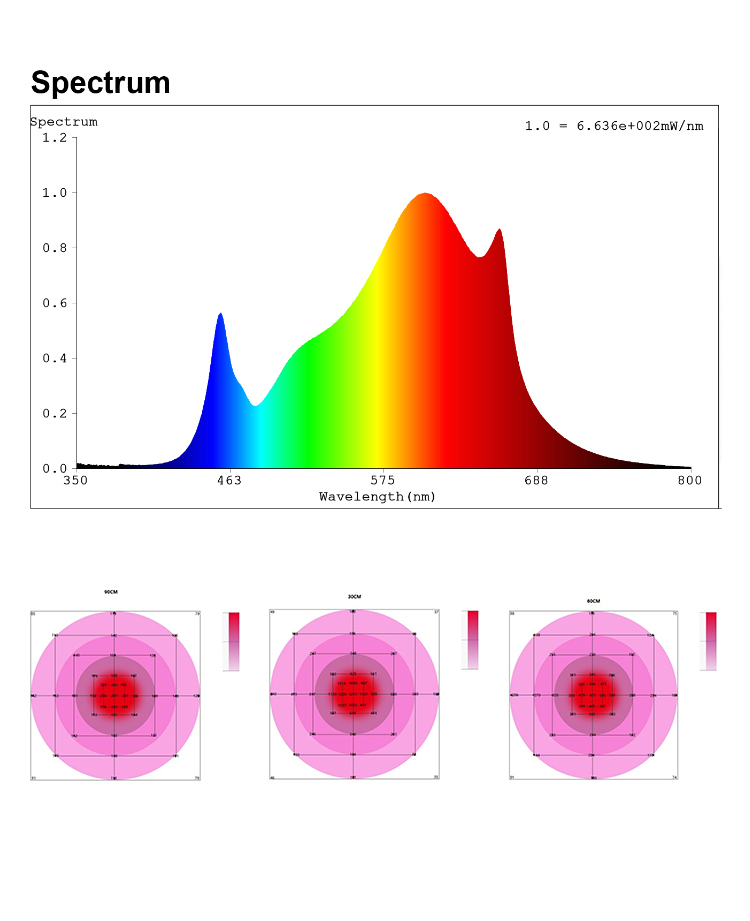Welcome~panamericanelectronics.Com Enterprise website
Writer:Jane Time:2021-06-21 Browse:199
Different wavelengths of light have different effects on photosynthesis of plants. The wavelengths of light needed for photosynthesis of plants are around 400 ~720nm. Light at 400 to 520nm(blue) and 610 to 720nm(red) contribute the most to photosynthesis. 520-610 nm(green) light is absorbed by plant pigments at a very low rate.
Led plant growth light is dedicated to plants produce flowers and vegetables in combination with high precision technology, an auxiliary plant growth lamp general indoor plants, flowers, will grow more and more with the time difference, the main reason is the lack of light, through the spectrum of led light, suitable to plant needs not only can promote its growth, but also can extend the flowering, improve the quality of the flower.
LED plant lamp is favored by agricultural research institutes and intelligent plant factories all over the world because of its accurate light quality, artificial combination and adjustment, high photosynthetic radiation per unit power consumption, good plant light supplement effect, low operating cost (super energy saving) and many other advantages.

Tel: +86 0769 38930008
Phone:+86 13267401690
Mail:Vipmanager@panamericanelectronics.com
Add: Building 6, Zhongtang Tian'an Digital City, No. 88, Jinyuan Road, Zhongtang Town, Dongguan City, Guangdong Province,China